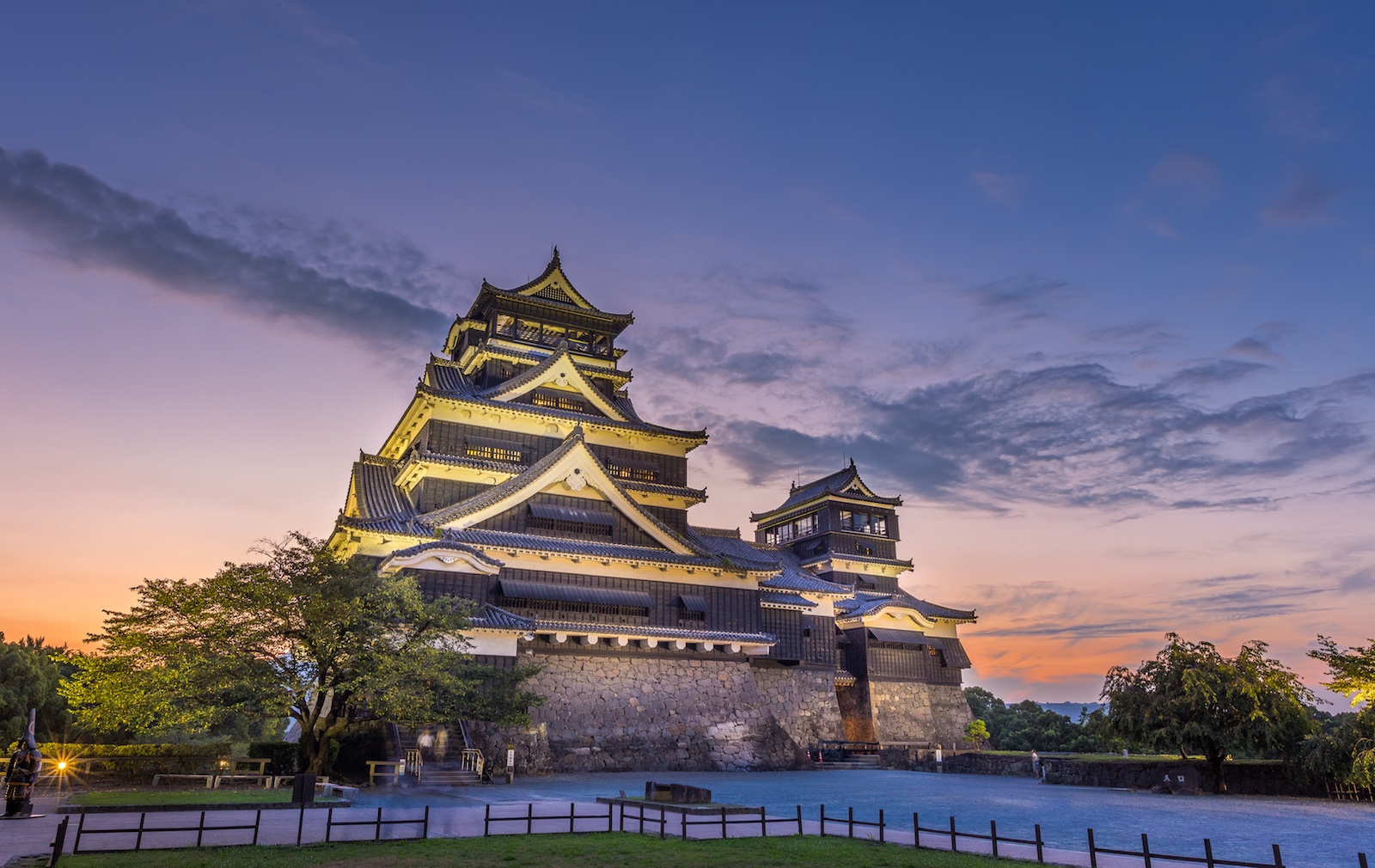I haven’t had the chance to explore Japan yet, but my wife has, and she absolutely adored it. When I do visit, I hope to have the opportunity to see at least one of the magnificent Japanese castles. The exteriors of these castles are truly captivating and stunning. I’m incredibly curious about what lies within their walls.
These imperial structures possess multiple tiers, and their ornate curves and symmetrical designs create visually pleasing edifices. I’m sure you’ll agree with me that they are a sight to behold and undoubtedly offer an exhilarating experience for visitors.
Here are some noteworthy Japanese castles you might find fascinating:
1. Echizen Ono Jo Castle
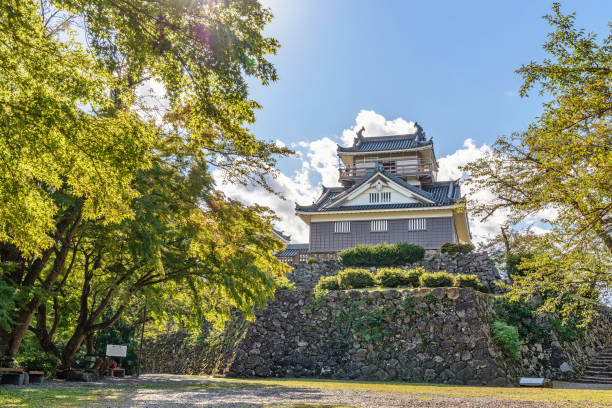
Erected during the 16th century by the samurai Kanamori Nagachika, who served the influential Daimyo Oda Nobunaga, Echizen Ono Jo Castle, also known as Kameyama Castle, stands atop a mountain in Ōno, Fukui Prefecture, Japan. Over the years, the castle changed hands numerous times, experienced destruction, and was subsequently rebuilt. Today, it welcomes the public to explore its historic grounds.
Key details about Ōno Castle:
– Location: Ōno, Fukui Prefecture, Japan
– Construction period: 16th Century
– Builder: Kanamori Nagachika
– Architectural style: Yamashiro/Japanese medieval architecture
– Current status: Open to the public
– Current owner: Japanese Government
2. Himeji Castle
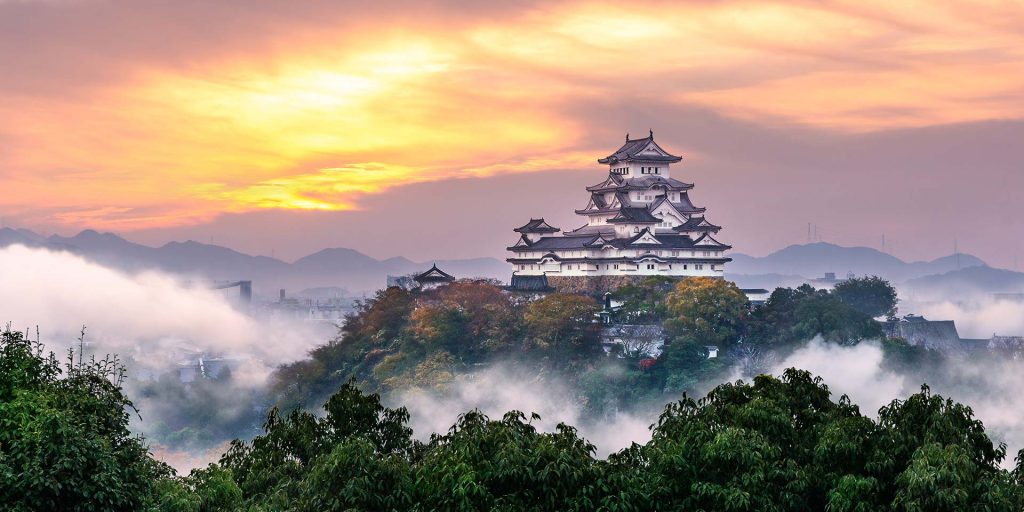
Situated on Himeyama Hill in the city of Himeji, Hyōgo Prefecture, Japan, Himeji Castle is a remarkable complex that originated as a fort constructed by Akamatsu Norimura in the 14th century. Subsequent reconstructions during 1581-1618 transformed it into the grand Himeji Castle we see today. It is a designated UNESCO World Heritage Site and welcomes visitors from around the globe.
Key details about Himeji Castle:
– Location: Himeji, Hyōgo Prefecture, Japan
– Construction period: 14th Century
– Builder: Akamatsu Norimura
– Architectural style: Azuchi-Momoyama castle/Japanese medieval architecture
– Current status: Part of the UNESCO World Heritage Site
– Current owner: Japanese Government
3. Hiroshima Castle
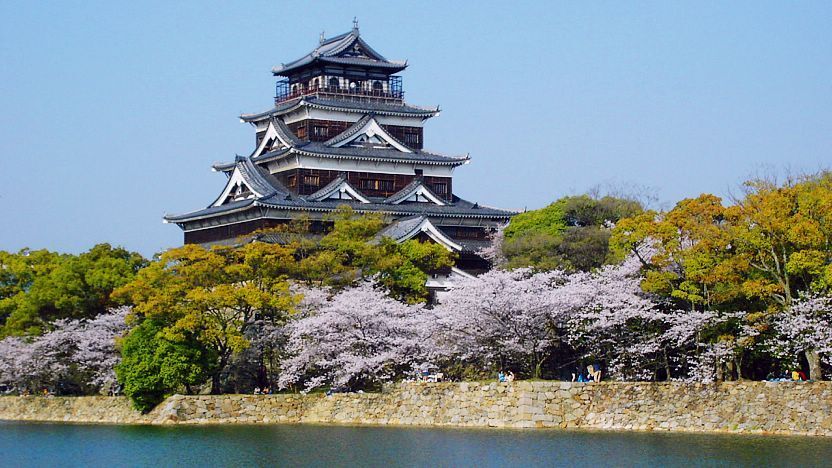
Also known as Carp Castle, Hiroshima Castle served as the residence of the feudal lord of Hiroshima han. Mōri Terumoto, one of Toyotomi Hideyoshi’s council of Five Elders, built it in the late 16th century. Unfortunately, it was destroyed during the final stages of World War II by the United States. However, the castle has been repurposed as a museum, allowing visitors to explore its history.
Key details about Hiroshima Castle:
– Location: Hiroshima, Japan
– Construction period: 16th Century
– Builder: Mōri Terumoto
– Architectural style: Azuchi-Momoyama castle/Japanese medieval architecture
– Current status: Currently serves as a museum
– Current owner: Japanese Government
4. Imabari Castle
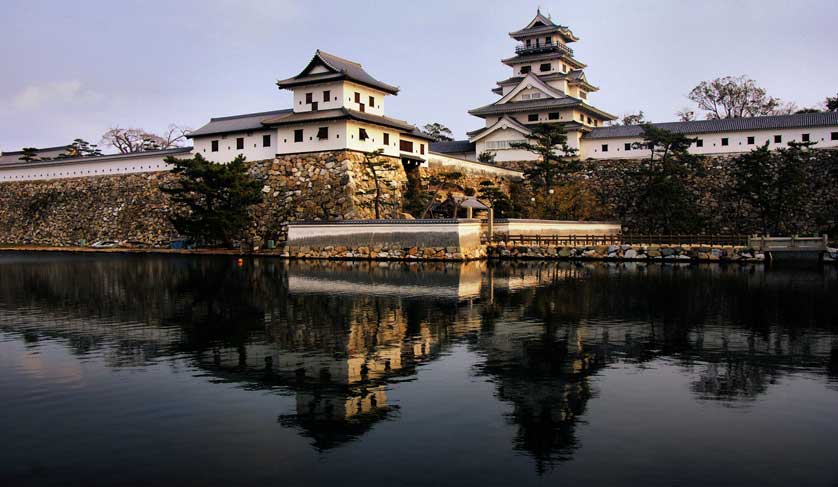
Imabari Castle, one of the three Mizujiro castles situated on the sea, can be found in Imabari, Japan. Built in the early 17th century by the local daimyō Tōdō Takatora, this castle played a significant role in the governance of the region during the Edo period. Today, Imabari Castle is open to the public and serves as a renowned museum.
Key details about Imabari Castle:
– Location: Imabari, Japan
– Construction period: 17th Century
– Builder: Tōdō Takatora
– Architectural style: Japanese medieval architecture
– Current status: Currently serves as a museum
– Current owner: Japanese Government
5. Kōchi Castle
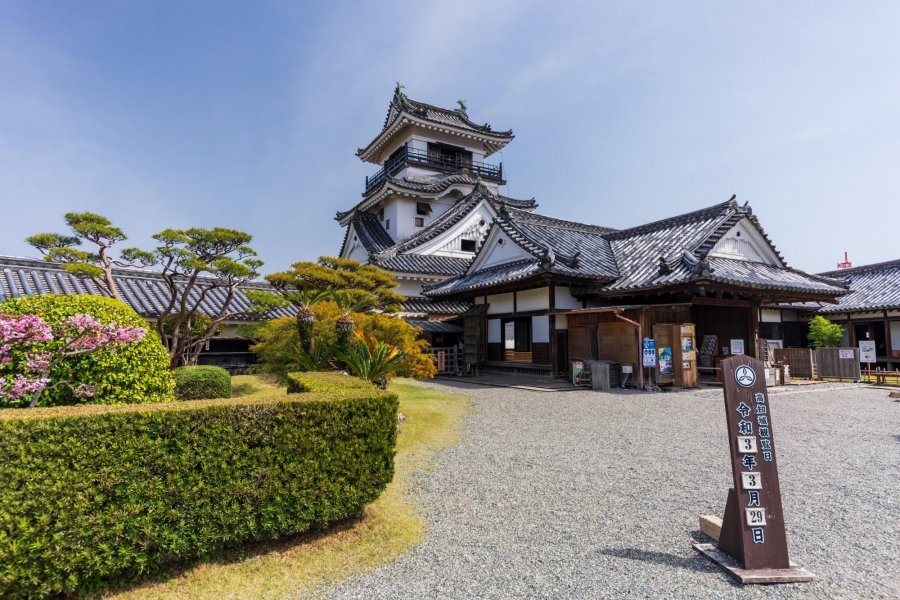
Kōchi Castle, situated in Kōchi, Kōchi Prefecture, Japan, was constructed in 1600 following the Battle of Sekigahara. Yamanouchi Kazutoyo was responsible for its creation, and the castle has undergone several transformations and reconstructions, maintaining its original architectural style. Today, it is open to the public and operated by Kochi Prefecture.
Key details about Kochi Castle:
– Location: Kōchi, Kōchi Prefecture, Japan
– Construction period: 17th Century
– Builder: Yamanouchi Kazutoyo
– Architectural style: Hirayamashiro/Japanese medieval architecture
– Current status: Open to the public
– Current owner: Japanese Government
These are just a few examples of the captivating Japanese castles worth exploring. Each castle has its own unique story, architectural style, and historical significance, making them an integral part of Japan’s cultural heritage.
6. Kokura Castle
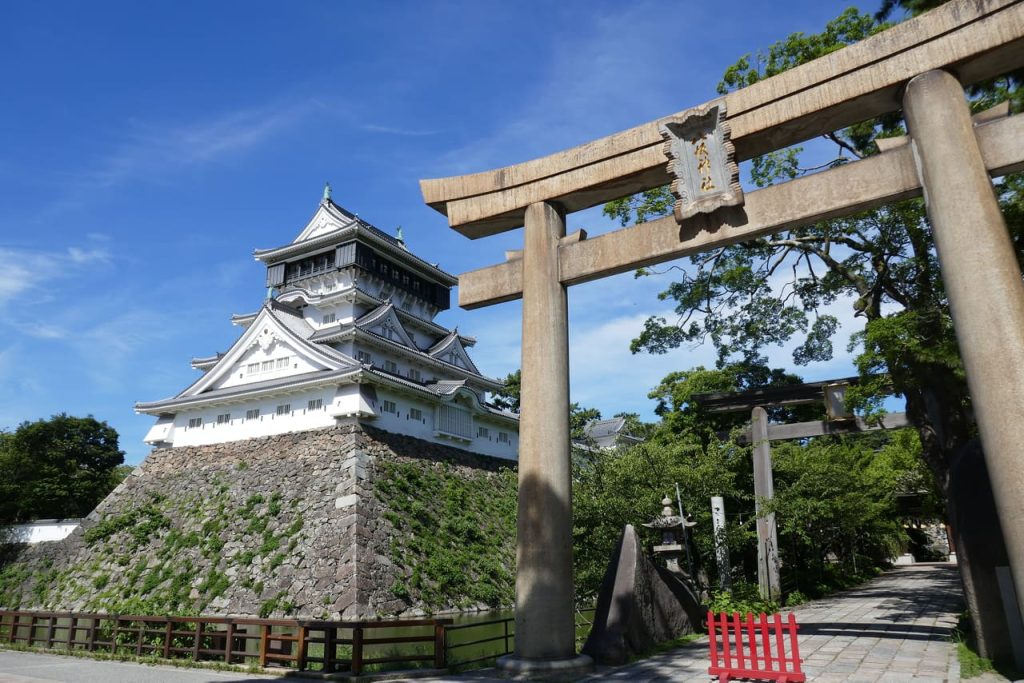
Found in Kitakyushu, Japan, Kokura Castle was constructed in the early 17th century by Hosokawa Tadaoki. Throughout its history, it changed hands during conflicts between the Kokura and Chōshū clans, leading to its destruction. However, in 1990, the castle was fully restored, and today, visitors can enjoy the Seichō Matsumoto Museum and the castle garden, both of which were opened in 1998.
Key details about Kokura Castle:
– Location: Kitakyushu, Japan
– Construction period: 17th Century
– Builder: Hosokawa Tadaoki
– Architectural style: Japanese medieval architecture
– Current status: Open to the public
– Current owner: Japanese Government
7. Matsumoto Castle
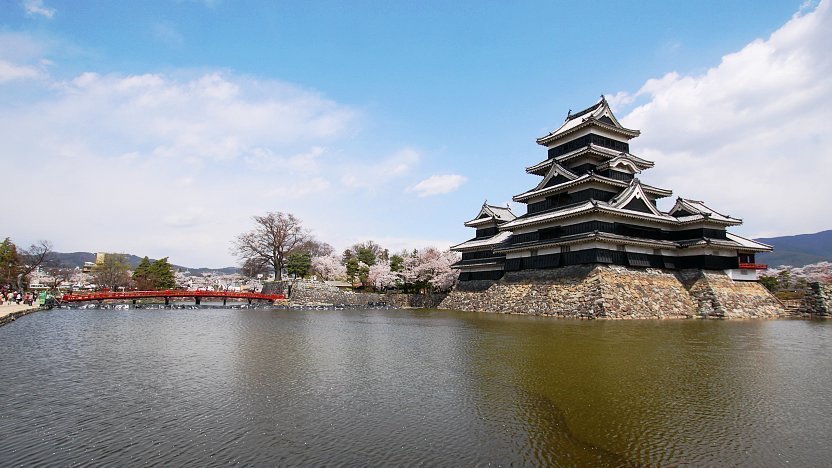
Situated in Matsumoto, Nagano Prefecture, Japan, Matsumoto Castle is among Japan’s renowned historic castles, alongside Himeji Castle and Kumamoto Castle. The castle, constructed by Shimadachi Sadanaga of the Ogasawara clan in the early 16th century, was ruled by 23 lords from six different daimyō families. Its striking black exteriors have earned it the nickname “Crow Castle.” Today, it is designated as one of Japan’s National Treasures.
Key details about Matsumoto Castle:
– Location: Matsumoto, Japan
– Construction period: 16th Century
– Builder: Shimadachi Sadanaga of the Ogasawara clan
– Architectural style: Japanese medieval architecture
– Current status: One of Japan’s National Treasures
– Current owner: Japanese Government
8. Kumamoto Castle
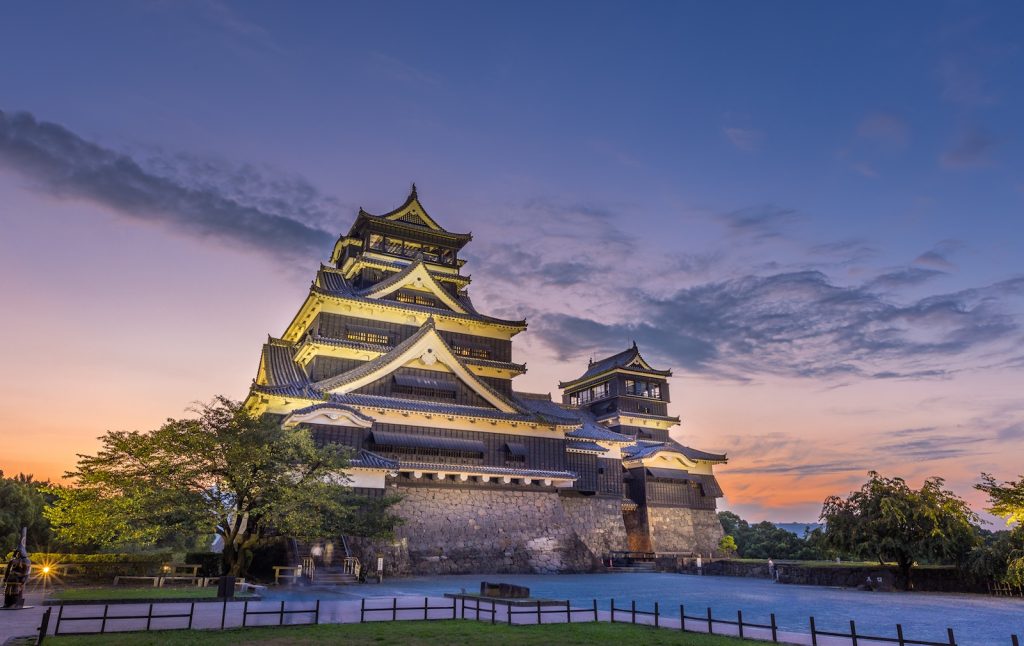
Nestled in Chūō-ku, Kumamoto, Kumamoto Prefecture, Kumamoto Castle is a hilltop Japanese castle considered one of the three premier castles in Japan, alongside Himeji Castle and Matsumoto Castle. It was originally established as fortifications in 1467 by Ideta Hidenobu, which were later expanded and reconstructed. Although it is currently open to the public, ongoing repair and restoration efforts are underway due to the damage caused by an earthquake.
Key details about Kumamoto Castle:
– Location: Chūō-ku, Kumamoto, Kumamoto Prefecture
– Construction period: 15th Century
– Builder: Ideta Hidenobu
– Architectural style: Japanese medieval architecture
– Current status: Open to the public
– Current owner: Japanese Government
9. Nagoya Castle
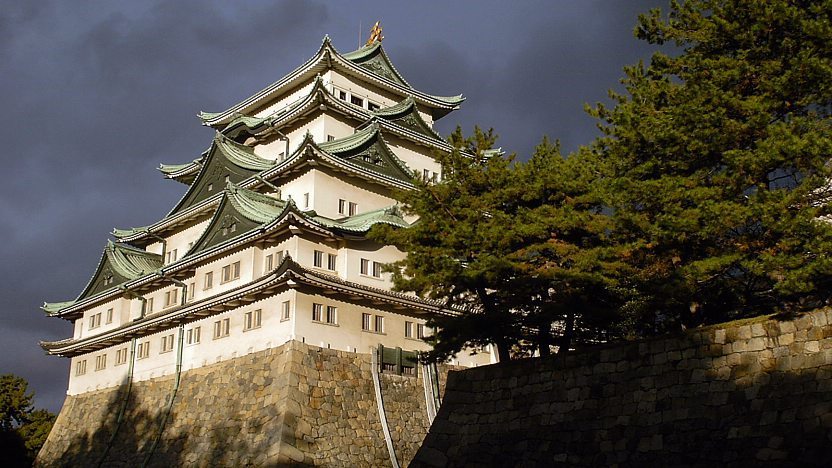
In order to secure important trade routes, Ieyasu Tokugawa built Nagoya Castle in the early 17th century. Located in Nagoya, Japan, it served as the residence for the Tokugawa family until the Meiji Restoration. Unfortunately, the castle was destroyed during World War II due to air raids. However, it was reconstructed and is now open to the public under the management of the city of Nagoya.
Key details about Nagoya Castle:
– Location: Nagoya, Japan
– Construction period: 15th Century
– Builder: Ieyasu Tokugawa
– Architectural style: Flatland castle/Japanese medieval architecture
– Current status: Open to the public
– Current owner: Japanese Government
10. Shuri Castle

Built in the 15th century by the leaders of Chūzan, Shuri Castle is a Ryukyuan gusuku situated in Shuri, Okinawa. Serving as the palace of the Ryukyu Kingdom, it fell into neglect for an extended period of time. During the Battle of Okinawa in World War II, the castle was nearly destroyed and later came under the control of the U.S. Government. However, successful reconstruction efforts have restored its former glory, and it is now part of the UNESCO World Heritage Site.
Key details about Shuri Castle:
– Location: Shuri, Okinawa, Japan
– Construction period: 15th Century
– Builder: Kings of Chūzan
– Architectural style: Gusuku/Japanese medieval architecture
– Current status: Open to the public/UNESCO World Heritage Site
– Current owner: Japanese Government
These castles, including Osaka Castle, Shimabara Castle, Sunpu Castle, and Wakayama Castle, among others, are remarkable historical treasures that highlight Japan’s rich heritage. They provide an incredible opportunity to immerse oneself in the country’s history, appreciate splendid architecture, and witness the legacies of renowned builders and clans.
11. Osaka Castle
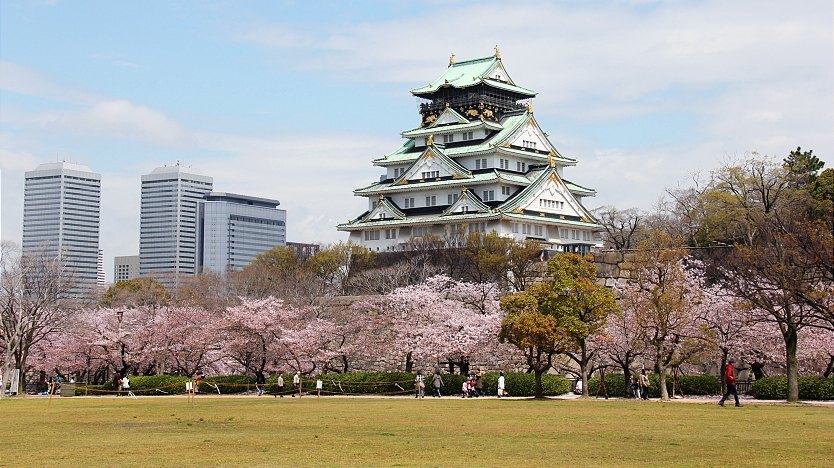
Osaka Castle stands as one of Japan’s most renowned landmarks, playing a significant role in the country’s unification during the sixteenth century in Chūō-ku, Osaka, Japan. It was constructed under the orders of Hideyoshi Toyotomi and modeled after Nobunaga Oda’s Azuchi Castle. After the Toyotomi Clan’s defeat against the Tokugawa clan, the castle faced destruction but was later rebuilt under Tokugawa rule. Today, it welcomes the public and remains a popular destination, especially during festival seasons.
Key details about Osaka Castle:
– Location: Chūō-ku, Osaka, Japan
– Construction period: 16th Century
– Builder: Hideyoshi Toyotomi
– Architectural style: Japanese medieval architecture
– Current status: Open to the public/Popular tourist site
– Current owner: Japanese Government
12. Shimabara Castle
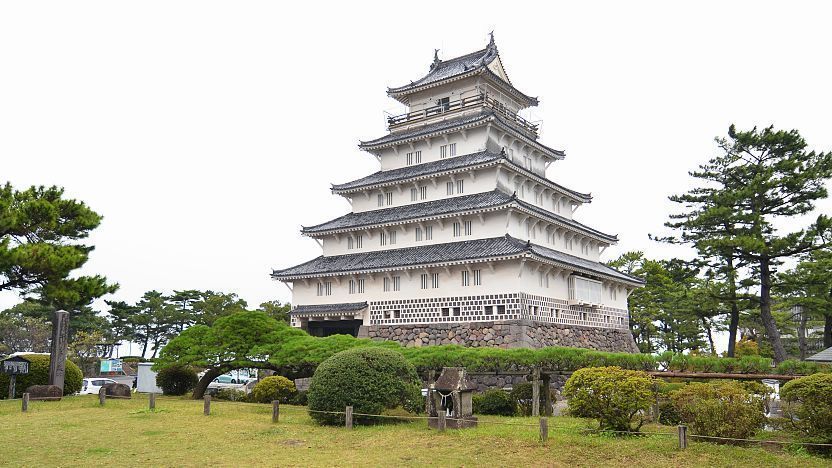
Shimabara Castle, also known as Moritake Castle or Takaki Castle, stands as a Hira-style Japanese castle located in Shimabara, Hizen Province (now Nagasaki Prefecture). Built by Matsukura Shigemasa, who strictly enforced the prohibition against Christianity through mass executions, this castle later became the seat of the local government during the Meiji Restoration. Today, Shimabara Castle is recognized as one of the 100 Fine Castles of Japan by the Japan Castle Foundation and welcomes visitors as a popular tourist site and museum.
Key details about Shimabara Castle:
– Location: Shimabara, Hizen Province, Japan
– Construction period: 16th Century
– Builder: Matsukura Shigemasa
– Architectural style: Hira style/Japanese medieval architecture
– Current status: Open to the public/Popular tourist site/Museum
– Current owner: Japanese Government
13. Sunpu Castle
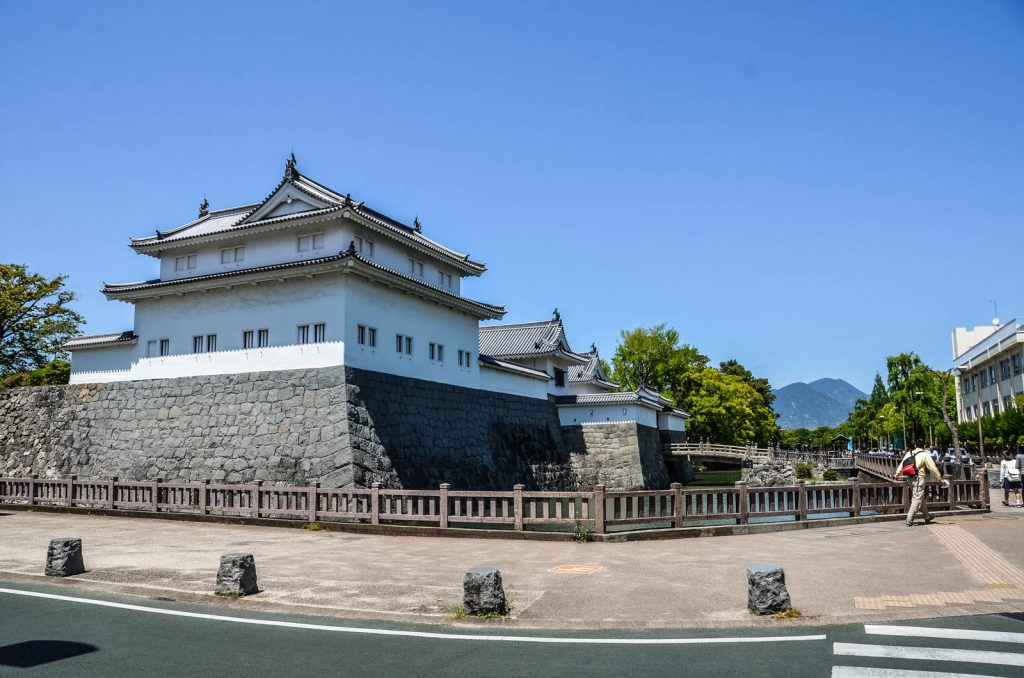
Sunpu Castle, situated in Aoi-ku, Shizuoka, Shizuoka Prefecture, Japan, follows the Hirayama-style of Japanese castle construction and was built by Tokugawa Ieyasu in 1589. It served as the residence for Ieyasu, his first consort Lady Saigō, and their two sons, Hidetada and Tadayoshi, in 1586. Currently, the castle is under the care of the city government and invites the public to explore its historical grounds.
Key details about Sunpu Castle:
– Location: Aoi-ku, Shizuoka, Shizuoka Prefecture, Japan
– Construction period: 16th Century
– Builder: Tokugawa Ieyasu
– Architectural style: Hirayama style/Japanese medieval architecture
– Current status: Open to the public
– Current owner: Japanese Government
14. Wakayama Castle
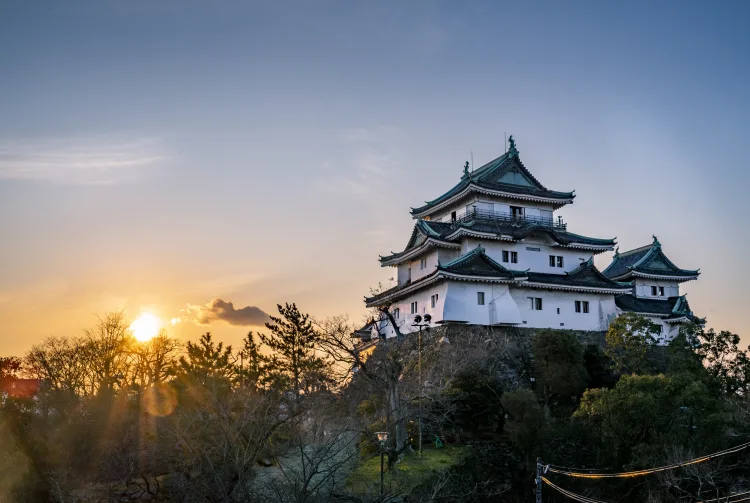
Positioned at the mouth of the Kii River, Wakayama Castle, originally known as Ōta Castle, once served as the home of the Saiga Ikki before being captured by Toyotomi Hideyoshi in 1585. Initially intended as a temple for the Shushin branch of Japanese Buddhism, it was later reconstructed by Toyotomi Hidenaga and became the renowned Wakayama Castle. Today, it symbolizes the city and serves as a historical site, inviting the public to explore its grounds.
Key details about Wakayama Castle:
– Location: Wakayama, Wakayama Prefecture, Japan
– Construction period: 16th Century
– Builder: Toyotomi Hidenaga
– Architectural style: Hirayamashiro style/Japanese medieval architecture
– Current status: Open to the public/Historical site
– Current owner: Japanese Government
These Japanese castles, each with its distinctive story and architectural style, provide a glimpse into the country’s fascinating past. Exploring their grounds offers an opportunity to delve into the rich history, appreciate the grandeur of Japanese medieval architecture, and gain a deeper understanding of the cultural heritage they represent.
